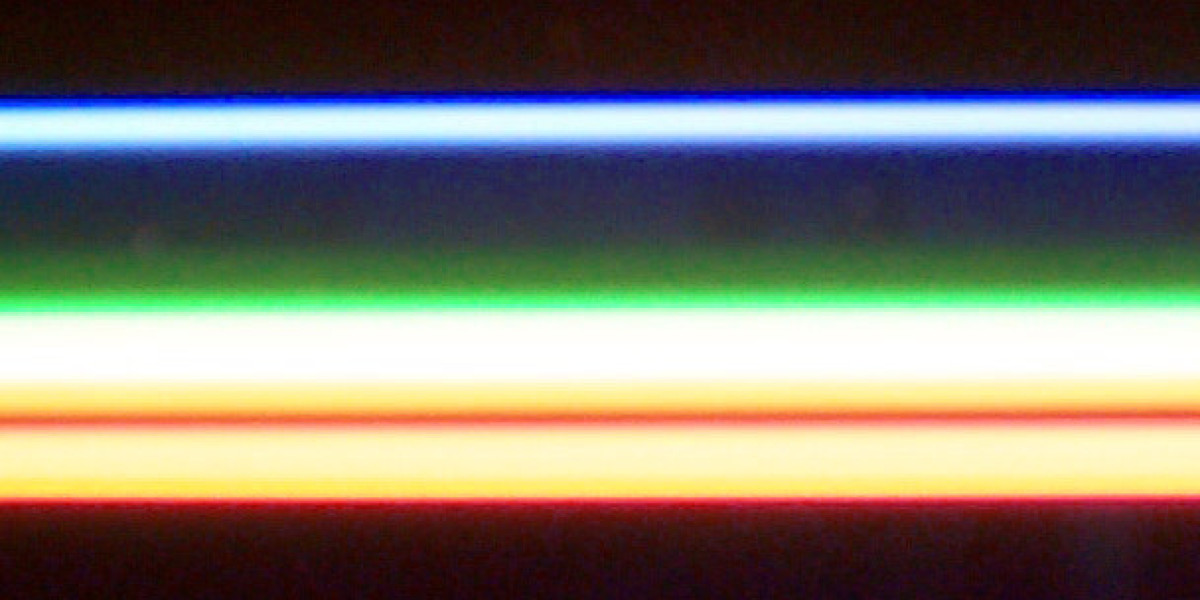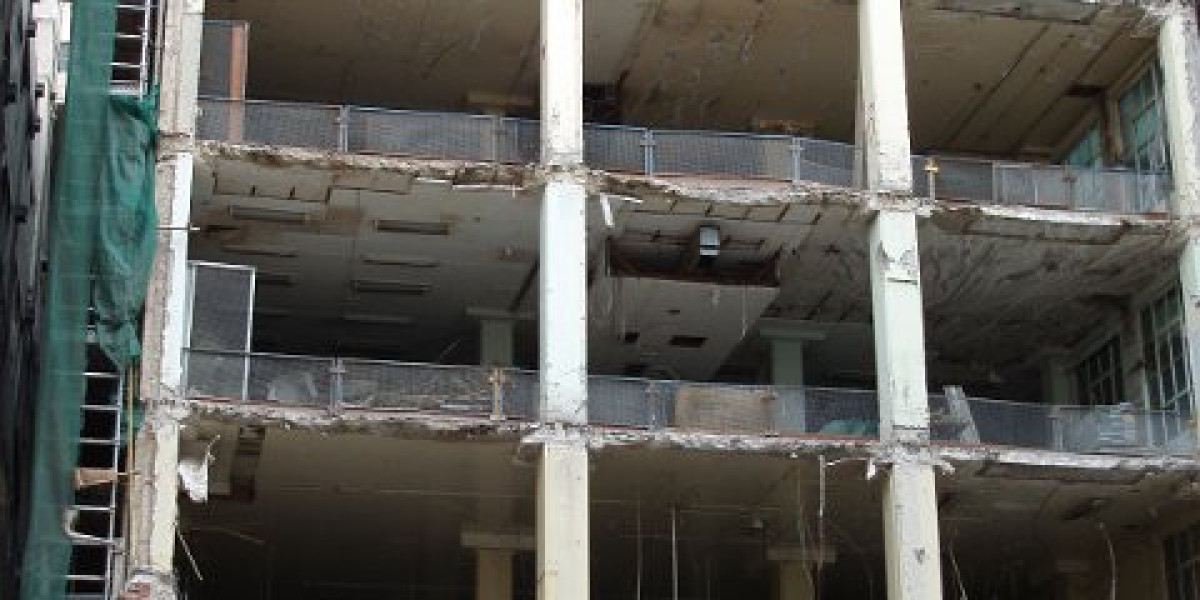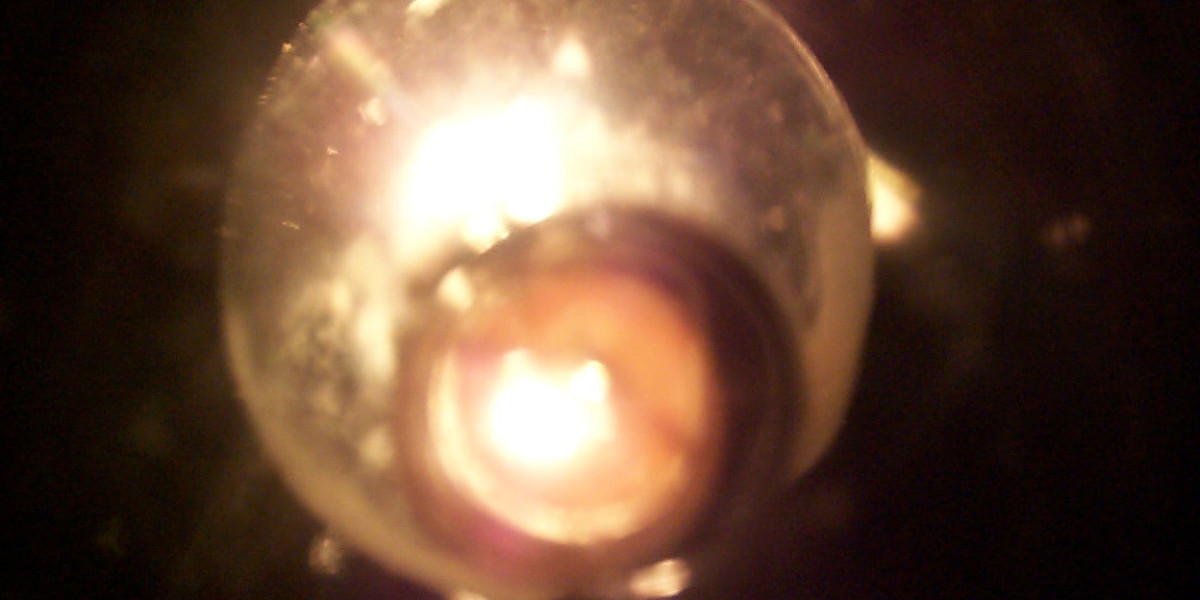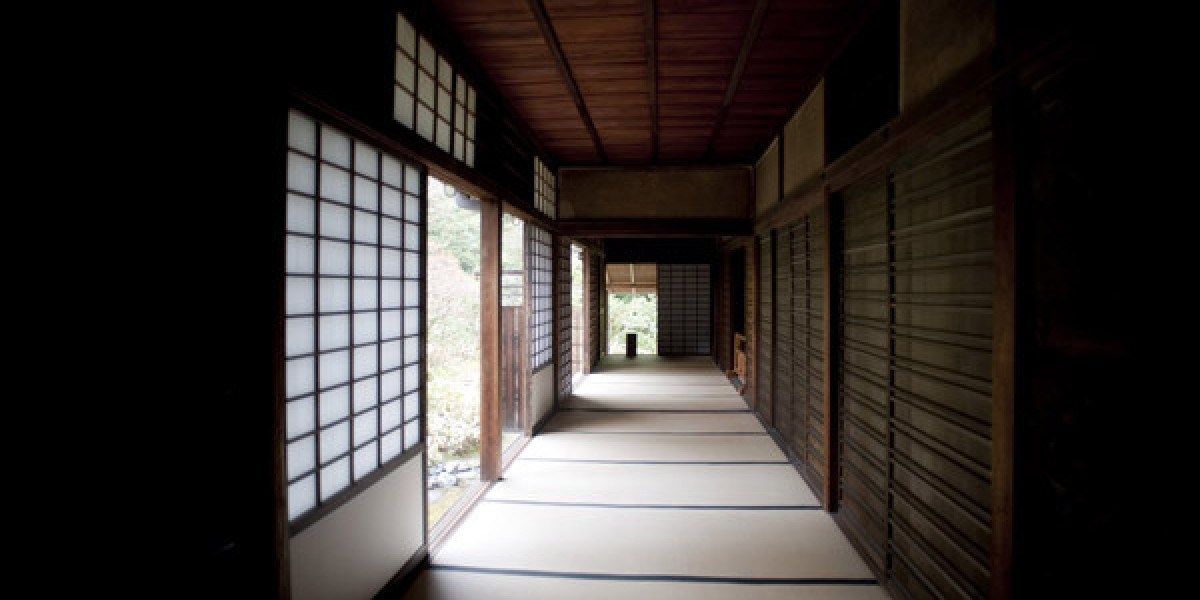The Radar Radome RF-Optimized Cover Market is poised for robust expansion over the forecast period, driven by increasing demand for advanced radar systems and defense modernization initiatives worldwide. These covers, designed to protect radar antennas while maintaining optimal radio frequency (RF) performance, are becoming indispensable in military, aerospace, and telecommunications sectors.
Technological advancements in composite materials and RF-transparent designs have enhanced radome efficiency, enabling better signal transmission and reception. The market’s growth is further fueled by rising investments in naval, airborne, and ground-based radar platforms. Emerging regions are witnessing higher adoption rates due to increased focus on border security, maritime surveillance, and advanced radar systems integration.
In addition, the proliferation of autonomous vehicles and UAVs with sophisticated radar systems has increased demand for RF-optimized radome covers. These applications require lightweight, durable, and high-performance covers, providing a lucrative avenue for market players to expand their portfolios. The trend highlights the growing importance of integrating radar protection with minimal signal loss.
Request a Sample Report: https://researchintelo.com/request-sample/101708
Market Dynamics
The Radar Radome RF-Optimized Cover Market is driven primarily by the following factors:
Rising Defense Expenditure: Governments globally are increasing defense budgets to modernize radar systems, directly boosting radome cover demand.
Technological Advancements: Development of materials such as advanced composites ensures higher RF transparency and mechanical strength.
UAV and Autonomous Vehicle Integration: Growth in unmanned systems increases demand for lightweight, high-performance radar covers.
However, the market faces certain challenges. High production costs for advanced RF-transparent materials and the complexity of customizing radomes for specific radar systems can restrict growth. Additionally, stringent regulations concerning defense equipment manufacturing may delay product deployment in some regions.
Opportunities abound for manufacturers capable of innovating with multifunctional radomes that integrate stealth, durability, and signal optimization. Growing collaboration between governments and private manufacturers in the defense sector can provide pathways to enter new markets and expand product applications.
View Full Report: https://researchintelo.com/report/radar-radome-rf-optimized-cover-market
Regional Insights
The market is geographically diverse, with North America and Europe currently holding significant shares due to mature defense sectors and high adoption of cutting-edge radar systems. North America is expected to lead in terms of revenue, supported by U.S. and Canadian military modernization programs. Europe’s growth is bolstered by NATO-aligned defense initiatives and domestic radar technology advancements.
Asia-Pacific is emerging as a high-growth region, fueled by increased defense spending in countries such as India, Japan, and South Korea. Investments in naval and airborne radar systems, coupled with the proliferation of UAV applications, are driving regional demand. Latin America and the Middle East are also witnessing steady growth due to rising security concerns and modernization of radar infrastructure.
The global market value of the Radar Radome RF-Optimized Cover Market is projected to reach USD 1.2 billion by 2030, expanding at a compound annual growth rate (CAGR) of 7.5% from 2025. This growth trajectory underscores both the strategic importance and commercial potential of these high-performance radar components.
Enquire Before Buying: https://researchintelo.com/request-for-customization/101708
Market Segmentation
The market can be segmented based on material, application, platform, and end-user:
Material: Composite materials, fiberglass, and advanced polymers dominate due to their RF transparency and durability.
Application: Airborne radomes for aircraft and UAVs, naval radomes for ships and submarines, and terrestrial radomes for radar stations.
Platform: Defense, aerospace, and telecommunications sectors represent the key end-user platforms.
End-User: Military agencies, aerospace manufacturers, and telecommunication providers drive demand.
Composite radomes, particularly those reinforced with carbon fiber or other high-strength materials, are witnessing faster adoption due to their lightweight and robust performance. Similarly, airborne and naval applications are the largest contributors to revenue, reflecting the increasing focus on military modernization and maritime surveillance.
Growth Drivers
Several factors are propelling the global market forward:
Increasing Defense Modernization Programs: Countries are upgrading radar systems, necessitating advanced radome covers.
Emerging UAV and Drone Applications: Radomes protect sensitive radar components, enhancing operational efficiency.
Advancements in RF-Transparent Materials: Innovations reduce signal attenuation and enhance radar performance.
Rising Importance of Border Security: Governments are investing in sophisticated radar monitoring systems for surveillance and defense purposes.
Additionally, the rising adoption of multifunctional radomes capable of withstanding extreme weather conditions without compromising RF performance is creating further growth potential. Companies investing in R&D to improve durability, stealth characteristics, and radar transparency are expected to gain a competitive advantage.
Check Out the Report: https://researchintelo.com/checkout/101708
Challenges and Restraints
Despite positive trends, the market faces challenges including:
High Production Costs: Advanced radome materials can be expensive, impacting adoption, especially in cost-sensitive regions.
Complex Customization: Designing radomes to fit specific radar systems requires significant technical expertise.
Regulatory Hurdles: Defense equipment manufacturing regulations may delay product approvals and deployment.
Market players need to balance cost-effectiveness with performance to capitalize on growth opportunities. Partnerships with defense agencies and research institutions can help mitigate risks and enable innovation.
Future Opportunities
The market outlook remains promising with opportunities in:
Next-Generation Materials: Lightweight, multifunctional, and stealth-capable radomes.
Integration with UAVs and Autonomous Systems: Rising adoption of unmanned systems will drive tailored radome designs.
Expansion in Emerging Regions: Asia-Pacific, Latin America, and the Middle East present untapped potential.
Technological Collaboration: Joint ventures and R&D initiatives can accelerate innovation and market penetration.
The increasing focus on radar system efficiency and protection will likely create lucrative avenues for manufacturers and investors seeking long-term growth in high-performance radar solutions.
Conclusion
The Radar Radome RF-Optimized Cover Market represents a critical segment of the defense and aerospace industries, offering significant growth driven by technological advancements, defense modernization, and UAV integration. Stakeholders who innovate in lightweight, multifunctional, and durable radomes are well-positioned to capture emerging opportunities worldwide.








